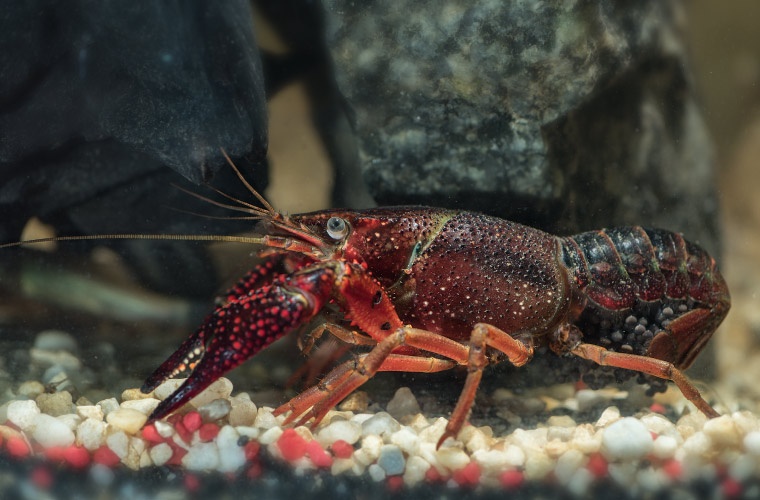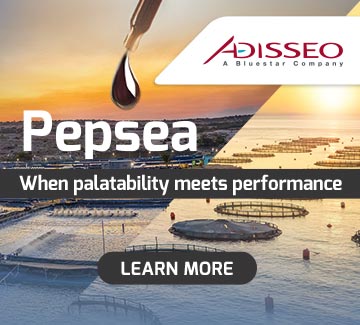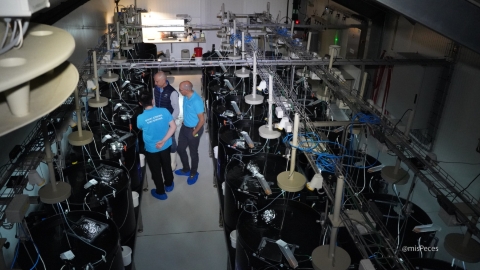
Using meal from the invasive red swamp crayfish (Procambarus clarkia) as feed ingredient in organic aquaculture could significantly enhance the oxidative stability and nutritional quality of gilthead seabream (Sparus aurata) fillets.
Thanks to its high content of natural astaxanthin-a powerful antioxidant-the inclusion of crayfish meal in fish diets helps reduce lipid and protein oxidation, prolonging fillet freshness during refrigeration, freezing and even after cooking.
This is the main conclusion of a recent study published in Measurement: Food by a team of Italian researchers from the CREA (Research Centre for Animal Production and Aquaculture) and the University of Udine. The work tested the effects of including 12% crayfish meal in an organic seabream diet under real farming conditions and confirmed its benefits for both product quality and sustainability.
Compared to fish fed a standard organic diet, seabream that received the crayfish-based feed showed significantly improved fillet quality. Their muscle tissue had a higher proportion of omega-3 fatty acids (26.5% vs. 23.5%), a better ratio omega-3 – omega-6, and higher flesh lipid quality index-a key indicator of nutritional value for human consumption.
Crucially, the antioxidant power of astaxanthin from crayfish meal translated into lower levels of oxidative degradation. The study recorded significant reductions in malondialdehyde-a marker of lipid peroxidation-across all storage and processing conditions. A test called DPPH, which checks how well a substance can fight oxidation, showed that fillets from the crayfish-fed fish had much stronger antioxidant activity-34.5% compared to just 1.1% in the control group.
“This characteristic, combined with a greater antioxidant capacity, contributes to making crayfish meal a good candidate feed ingredient for organically farmed gilthead seabream,” the authors state.
Sustainability and Circular Use of Invasive Species
The red swamp crayfish is considered an invasive alien species in Italy and cannot be commercialised for human consumption. However, its use as a feed ingredient offers a dual benefit: helping control ecological impact while adding functional value to aquaculture production.
The crayfish meal used in the study was derived from specimens collected as part of a containment plan in the Nazzano Tevere-Farfa Regional Nature Reserve. After processing, it was incorporated into an organic feed pellet and tested over 60 days at a mariculture site in Capraia Island (Tyrrhenian Sea).
Fish showed no differences in growth or palatability between the experimental and control diets, confirming the meal’s suitability from a zootechnical perspective.
In organic farming systems, synthetic additives such as artificial astaxanthin are not permitted. This research demonstrates that natural alternatives like crayfish meal can match or exceed the performance of conventional feeds, while also meeting organic certification requirements.
The study’s findings are especially relevant for producers seeking functional ingredients that extend shelf-life, improve nutritional value, and align with sustainability goals. The authors call for further research to optimise inclusion rates and to investigate potential health benefits for consumers eating fish raised on such diets.


